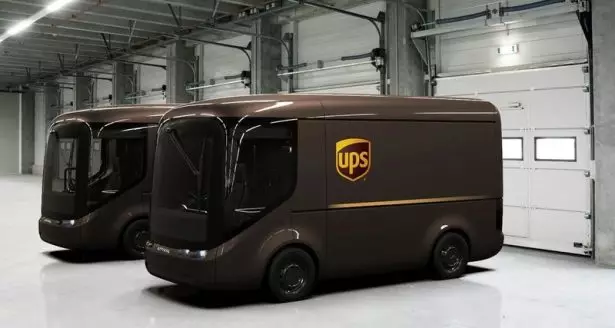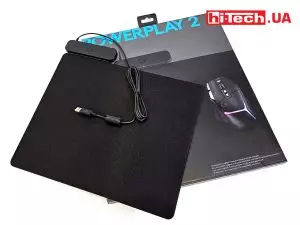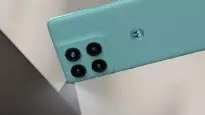UPS will charge its electric vans with inductive charging in Detroit
21.11.24
The logistics company UPS has started testing a wireless charging system for electric cars developed by the Israeli company Electreon. The trials are taking place in Detroit, Michigan and include integrating the technology into an Xos Stepvan truck used at a UPS depot.
The project received funding from the Michigan Mobility Funding Platform (MMFP), which allocated $200,000. As part of the experiment, Electreon will install a stationary wireless charging system in the depot, which will be used to recharge the trucks at night. The exact characteristics of the system, including the capacity of the charging stations and their number, have not yet been disclosed.
The main purpose of the test is to assess how much the implementation of wireless charging will help reduce the costs of operating the UPS electric fleet by reducing downtime for recharging.
This project is a continuation of the Electreon initiative in Detroit, which previously introduced the first US “electric road”. Such a system uses inductive coils embedded in the road surface, which allow electric vehicles to be charged while they are moving, providing promising solutions for the logistics and transport of the future.
Don't miss interesting news
Subscribe to our channels and read announcements of high-tech news, tes
Logitech G Powerplay 2 wireless charging pad review

Logitech has great wireless mice, and there’s also the G Powerplay 2 wireless charging mat that will keep them charged right while you’re using them.
Scientists in the US are developing batteries without harmful chemicals accumulator research
Researchers at the University of Chicago have developed a method for getting rid of hazardous chemical compounds in batteries without losing their efficiency.
Motorola Edge 60 Fusion smartphone with branded Moto AI and IP69 protection will cost $390 artificial intelligence Motorola smartphone
Motorola introduced the first smartphone in the Edge 60 series – Edge 60 Fusion, which became the brand’s first device with an integrated Moto AI system.


